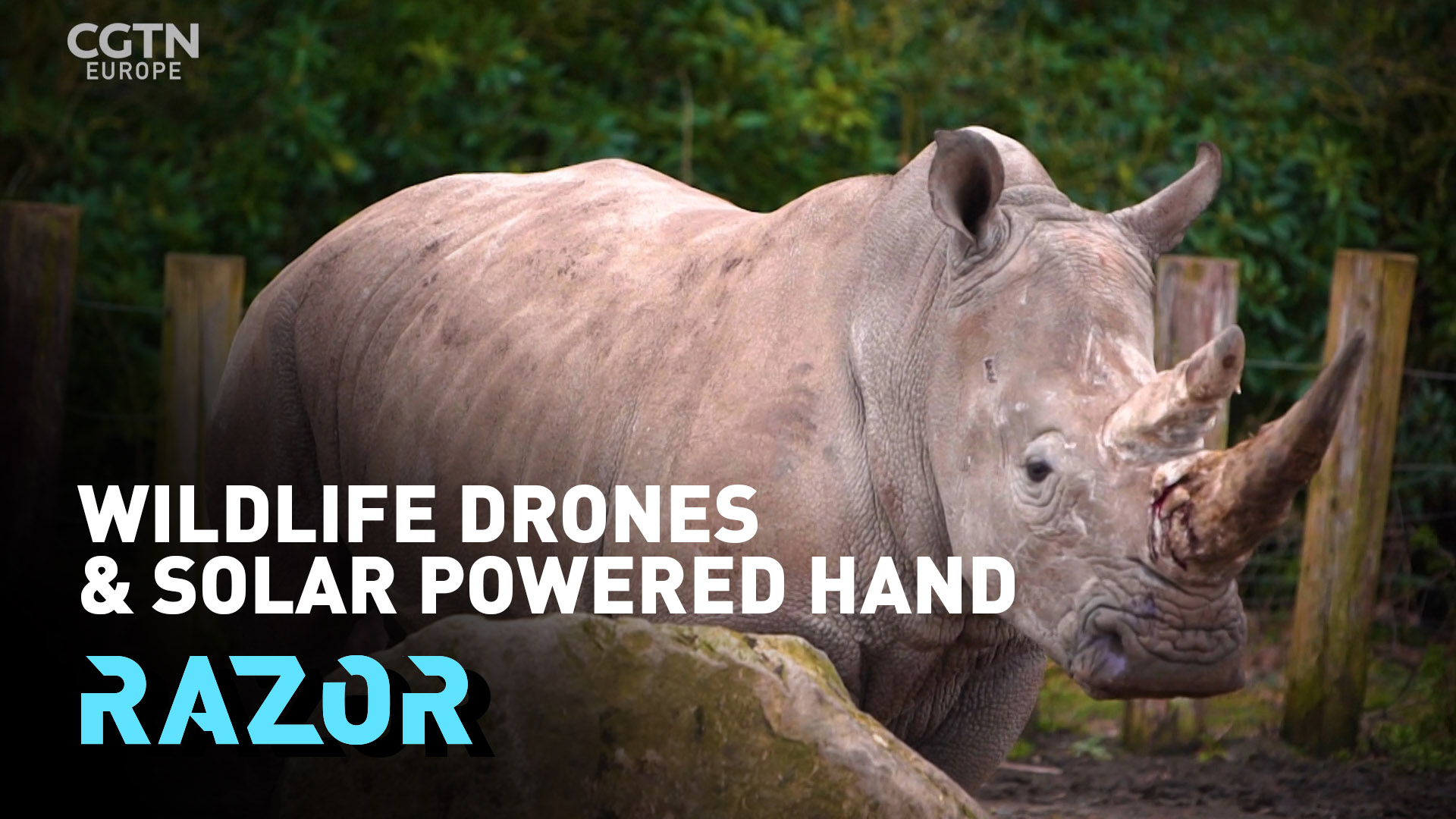30:10

In this week's episode of RAZOR, we find out how heat-seeking drones are being used for wildlife conservation and look at a new solar-powered prosthetic hand.
In astronomy, infrared cameras on telescopes have been used for decades to understand how the universe formed and evolved. The infrared astronomical images captured show the stars and galaxies glowing on a dark, cold background, and algorithms are used to find and classify objects of interest. Now, those same techniques are being used for picking up the glow of animals from above.
A multidisciplinary team of astrophysicists and ecologists at Liverpool John Moores University have been developing a heat-seeking drone that uses artificial intelligence to help monitor and protect endangered species.
In case you missed it:
· Anti-restriction protests in London and Madrid: COVID-19 daily bulletin
· Alexei Navalny able to walk and talk after coma
· How our brains 'join the dots' while we are asleep
Every year there are around a million amputations globally – that's one every 30 seconds – but not everybody can afford a bionic limb or even a basic prosthetic. However, one scientist wants to change all that.
Emma Keeling is at Glasgow University in Scotland to meet a team developing a 3D-printed prosthetic hand covered in electric skin, and it's all run on solar power.